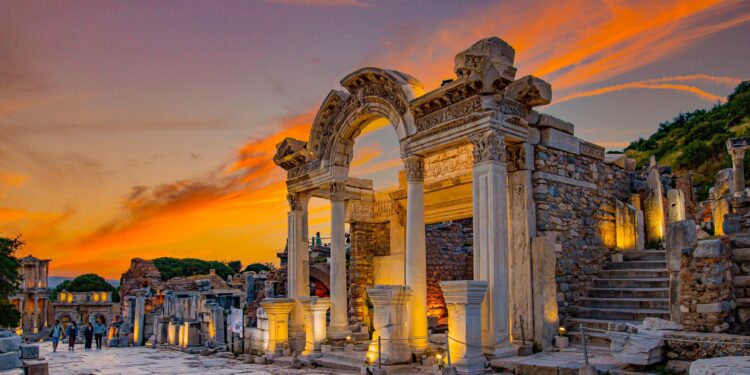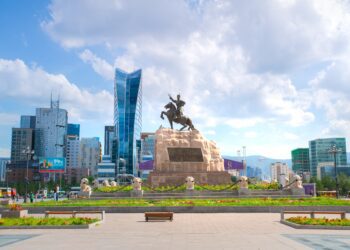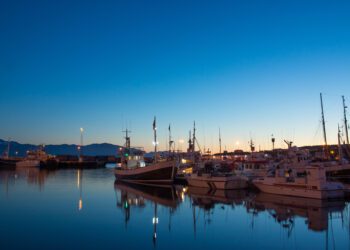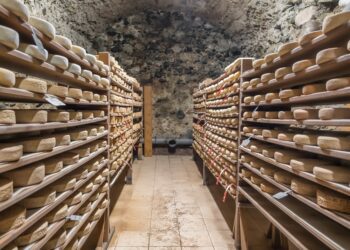Ephesus is an ancient Greek city that was founded on the coast of the Aegean Sea during the 10th century BC. It was founded by Attic and Ionian colonists on the former site of the Arzawan capital. The Romans gained control of Ephesus in 129 BC, at which time the city began to flourish. Estimates place the population of the city at around 50,000 souls during its peak under Roman rule. Under the Romans, many prominent features were constructed which we can still visit today. The Romans rebuilt the Temple of Artemis, which was subsequently destroyed, and rebuilt. Today, relatively little remains of the temple. There are some ruins, however, that visitors can see that remain even after the temple was destroyed by the Goths.
From 1304 to 1425, Ephesus was part of the Ottoman Empire. Although the city was dying out with the loss of its seaport due to sediment, another worthwhile feature was built during this time. The Isa Bey Mosque was built from 1374 to 1375 and remains standing to this day. This is another fantastic building in Ephesus you won’t want to miss.
Christianity played a large role in the history of Ephesus, and there are several significant sites remaining that people of all faiths will enjoy seeing firsthand. The apostle Paul was said to live in Ephesus for two years, where he was active in the community of Jewish Christians, and was said to have written 1 Corinthians while imprisoned in the tower near the harbor there. John, one of the chief apostles, was also said to have written the Gospel of John in Ephesus from the years 90 to 100 AD. It is also widely believed that the Virgin Mary spent the last years of her life in Ephesus. The House of the Virgin Mary still stands here, and is a popular pilgrimage destination for Catholics, and has even been visited by three popes. The Church of Mary is another important site in Ephesus, with some pillars remaining standing to this day.
Other important sites in the Ephesus area are The Gate of Augustus, the Basilica of St. John and the Tomb of John the Apostle, The Odeon, The Temple of the Sebastoi, and the Tomb/Fountain of Pollio. This is by no means a complete list of all the sites in Ephesus, but only the main ones.
When You Should Go
Planning a good trip can be difficult, but one thing to consider is the weather. Ephesus is in an area that gets cold in the winter and hot in the summer, so you don’t want to explore the ruins during those times. The best months to visit Ephesus are April and May, and also October and November. During those four months, the weather in Ephesus is neither too hot nor too cold, so you’ll be sure to enjoy your trip!
How Long You Should Plan on Staying
In order to experience and see most of the attractions in Ephesus, most visitors stay two or three nights. If you really want to make sure to see everything, just plan on hanging around for a week so you can take your time and soak it in.
With tons to see and world-class Turkish cuisine, you probably won’t be in a hurry to leave Ephesus anyway! The worst thing you can do is cut your trip short, so allow yourself plenty of time to see the things you want.
There are many different ruin sites to visit in the area, so before you go be sure to do your research. Pick out the ones you want to see and be sure to visit the Ephesus Archaeological Museum to see all of the ancient artifacts.












